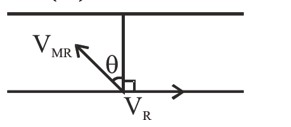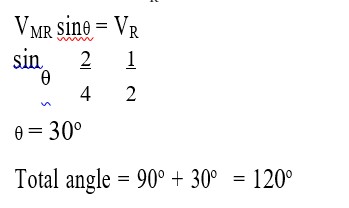11.5 Two ideal gas thermometers A and B use oxygen and hydrogen respectively. The following observations are made:
Temperature Pressure Pressure
thermometer A thermometer B
Triple-point of water 1.250 × 105 Pa 0.200 × 105 Pa
Normal melting point 1.797 × 105 Pa 0.287 × 105 Pa
of sulphur
(a) What is the absolute temperature of normal melting point of sulphur as read by thermometers A and B ?
(b) What do you think is the reason behind the slight difference in answers of thermometers A and B? (The thermometers are not faulty). What further procedure is needed in the experiment to reduce the discrepancy between the two readings?
11.5 Two ideal gas thermometers A and B use oxygen and hydrogen respectively. The following observations are made:
Temperature Pressure Pressure
thermometer A thermometer B
Triple-point of water 1.250 × 105 Pa 0.200 × 105 Pa
Normal melting point 1.797 × 105 Pa 0.287 × 105 Pa
of sulphur
(a) What is the absolute temperature of normal melting point of sulphur as read by thermometers A and B ?
(b) What do you think is the reason behind the slight difference in answers of thermometers A and B? (The thermometers are not faulty). What further procedure is needed in the experiment to reduce the discrepancy between the two readings?
-
1 Answer
-
11.5 (a) For Thermometer A
Triple point of water, T = 273.16 K
At this temperature, the pressure in thermometer A , = 1.250 Pa
Let be the temperature for the normal melting point of sulphur and be the corresponding pressure. It is given, = 1.797 Pa
From Charles' law, we get = , = = = 392.69 K
For Thermometer B
Triple point of water, T = 273.16 K
At this temperature, the pressure in thermometer B , = 0.2 Pa
Let be the temperature for the normal melting point of sulphur and be the co
...more
Similar Questions for you
According to question, we can write
Heat Released by block = Heat gain by large Ice block
5 × 0.39 × 500 = mice × 335
= 2.91 kg
Given
6a2 = 24
a2 = 4
a = 2m
This is a multiple choice answer as classified in NCERT Exemplar
(b), (c), (d) When the hot milk in the table is transferred to the surroundings by conduction, convection and radiation.
According to newton's law of cooling temperature of the milk falls of exponentially. Heat also will be transferred from surroundings to the milk but will be lesser than that of transferred from milk to surroundings. So option b, c, d satisfy.
Taking an Exam? Selecting a College?
Get authentic answers from experts, students and alumni that you won't find anywhere else
Sign Up on ShikshaOn Shiksha, get access to
- 65k Colleges
- 1.2k Exams
- 679k Reviews
- 1800k Answers


